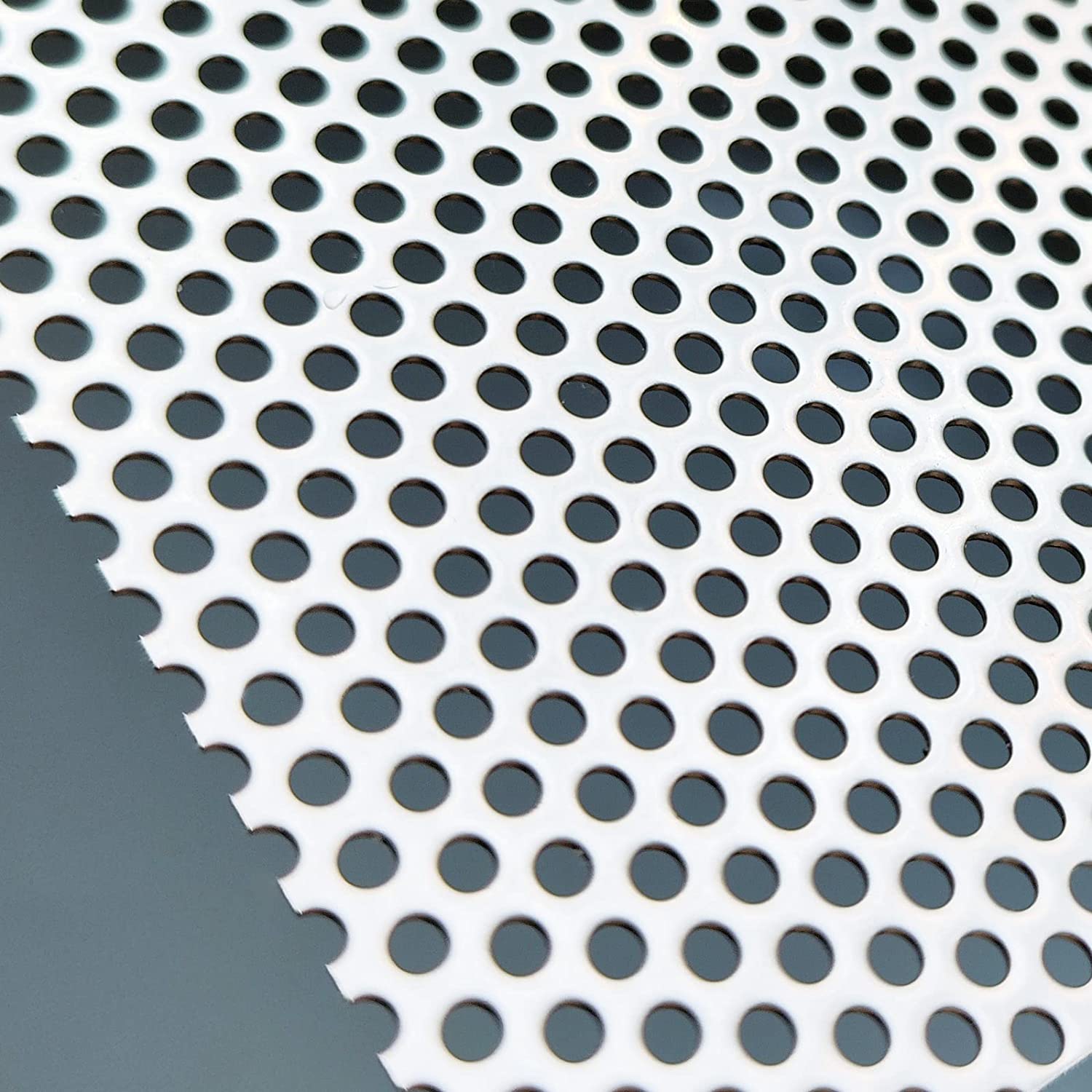Perforated Metal Panels in Architectural Design A Modern Solution
In the ever-evolving landscape of architectural design, the search for innovative materials that combine aesthetics, functionality, and sustainability has led architects and designers to explore various options. Among these, perforated metal panels have emerged as a popular choice, transforming not only the aesthetic value of buildings but also their performance and environmental impact.
Defining Perforated Metal Panels
Perforated metal panels are sheets of metal that have been punctured with a series of holes or slots. These designs can vary significantly in size, shape, and arrangement, allowing architects to create unique patterns that enhance visual appeal while serving multiple practical purposes. Typically made from materials such as aluminum, steel, or stainless steel, these panels can be utilized in various applications, including facades, ceilings, sunshades, and interior screens.
Aesthetic Appeal
One of the most compelling reasons architects opt for perforated metal panels is their visual versatility. From intricate patterns to larger, more simplistic designs, the possibilities are virtually endless. This flexibility allows for the creation of façades that reflect the identity of a building and its surroundings, enabling projects to fit harmoniously within their context. Additionally, perforated metal panels can be finished with various coatings, colors, and textures, further expanding creative avenues for designers.
By manipulating light and shadows, these panels can evoke a sense of movement and dynamism in architectural spaces. When sunlight filters through the perforations, it creates captivating light patterns that change throughout the day, enhancing the interior ambiance and providing visual interest from both inside and outside the structure.
Functional Benefits
perforated metal panels architectural

Beyond their aesthetic contributions, perforated metal panels offer numerous functional benefits. One critical advantage is their ability to regulate solar heat gain. By strategically designing the size and placement of the perforations, architects can control the amount of sunlight penetrating a space, reducing glare and heat accumulation while enabling natural light to filter through. This not only enhances occupant comfort but also lowers energy consumption by minimizing the need for artificial lighting and cooling.
Moreover, perforated metal panels can serve as effective sound barriers. When used in building facades or partitions, they can help absorb and diffuse sound waves, contributing to better acoustics within the space. This feature is particularly valuable in urban environments, where noise pollution is a significant concern.
Sustainability and Durability
In an age where sustainability continues to shape design decisions, perforated metal panels emerge as an eco-friendly alternative. They are typically made from recyclable materials, and their durability ensures a long lifespan, reducing the need for frequent replacements. The use of perforated metal not only reduces material waste but also promotes energy efficiency in buildings.
Furthermore, these panels can be incorporated into green building practices by facilitating natural ventilation. By allowing airflow through the perforations, they help create a comfortable indoor climate without relying heavily on mechanical ventilation systems. This aspect aligns with the goals of sustainable architecture, showcasing how design decisions can positively impact energy use and indoor air quality.
Conclusion
Perforated metal panels represent a harmonious blend of form and function in modern architectural design. Their ability to enhance aesthetics, improve energy efficiency, and contribute to sustainable building practices make them an invaluable asset for architects and designers. As the demand for innovative and environmentally responsible solutions continues to grow, it is clear that perforated metal panels will play a crucial role in shaping the future of architecture, allowing for the creation of spaces that are both beautiful and functional. By embracing this versatile material, architects are not only enhancing the built environment but are also contributing to a more sustainable and visually captivating future.
-
Why Galvanized Trench Cover Steel Grating Resists Corrosion
NewsJul.10,2025
-
The Versatility and Strength of Stainless Expanded Metal Mesh
NewsJul.10,2025
-
Load Calculations in Steel Grating Platforms
NewsJul.10,2025
-
Keeping Pets and Kids Safe with Chicken Wire Deck Railing
NewsJul.10,2025
-
Hole Diameter and Pitch for Round Perforated Metal Sheets
NewsJul.10,2025
-
Aluminium Diamond Mesh in Modern Architecture
NewsJul.10,2025
Subscribe now!
Stay up to date with the latest on Fry Steeland industry news.

